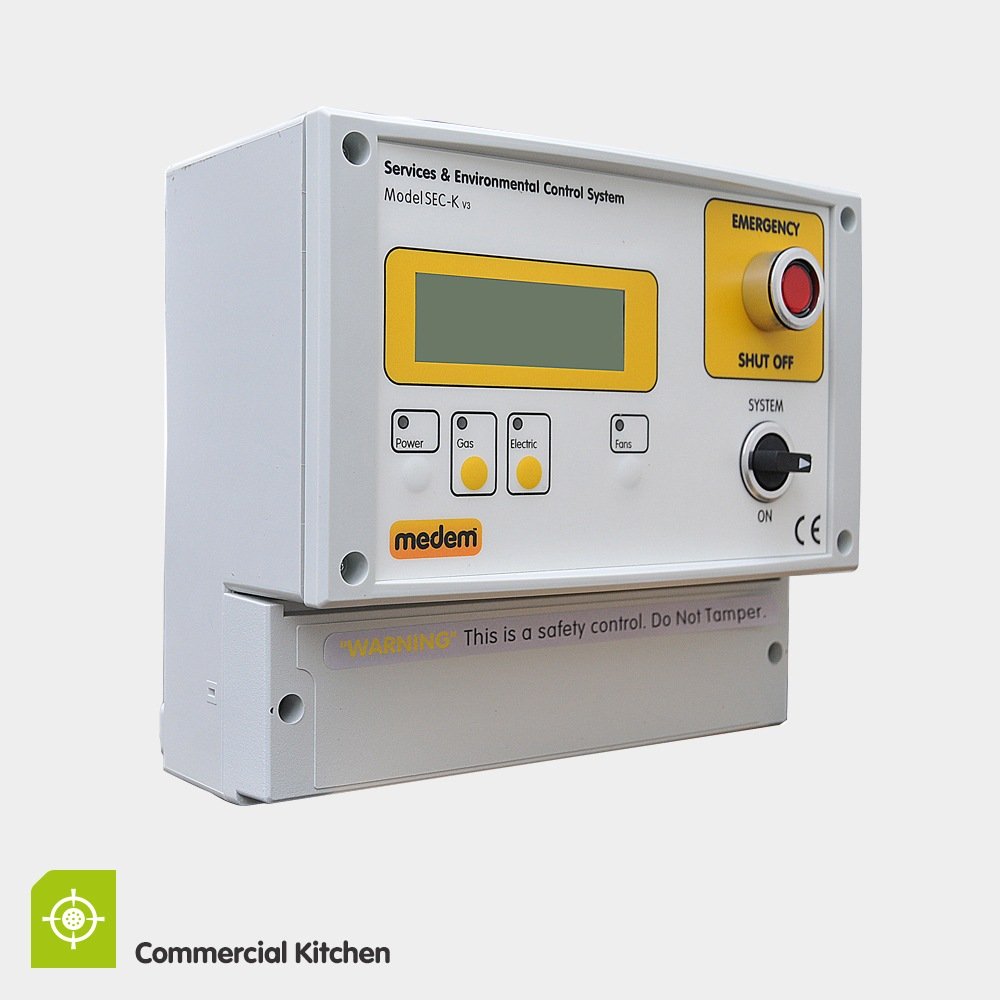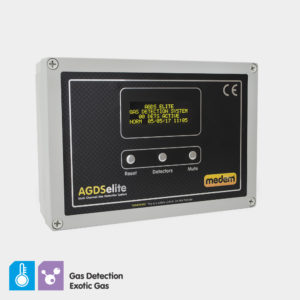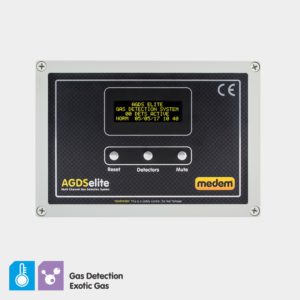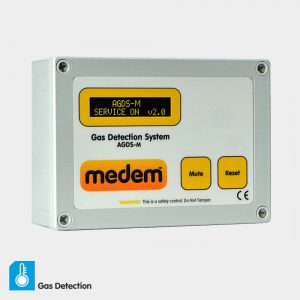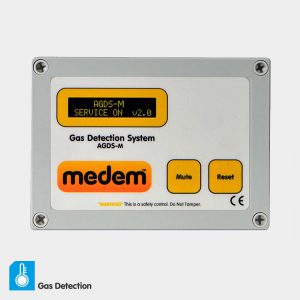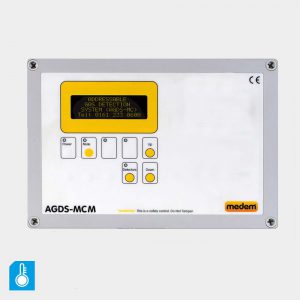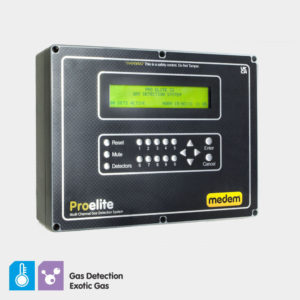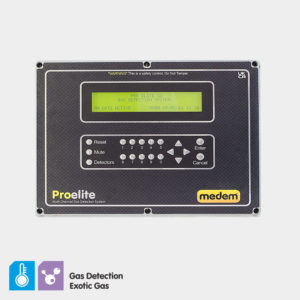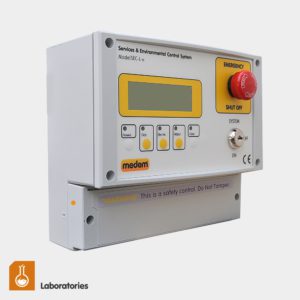Carbon Dioxide (CO2)
Carbon Dioxide occurs naturally in the atmosphere (380-400ppm) and is a by-product of human, animal and plant respiration and combustion of fossil fuels.
Its measurement can be used as an early indicator of deteriorating air quality within the built environment. Examples being, commercial kitchens and teaching areas in education buildings.
It is also used commercially in laboratories, extinguishers and the drinks and leisure industry.
Dependant on the cause of CO2 and the environment it’s being detected within will impact on the height, level and outcome with Medem providing individually designed solutions for each environment.
Oxygen depletion detectors should never be used to monitor for CO2.
Long term exposure limit (8hours TWA) 5,000ppm. Short term exposure (15 minutes) 15,000ppm with additional specific targeted alarm levels for education and commercial kitchens.
Education
There are legislation and design standards based around the required quality of ventilation levels for teaching spaces.
These are for monitoring comfort levels for occupation as set out in Building Bulletin 101 and when monitoring for the consideration of risk with IGEM UP11 when gas appliances are being used. Both of these documents have recently been updated to provide the latest guidelines on allowable CO2 levels.
Related Products: GPPS-evo & SEC-L
Catering
Due to the use of open flame appliances, it was identified that CO2 levels would change rapidly in a commercial kitchen highlighting Inadequate ventilation or blocked filters. The CO2 level is also used within the catering industry as a guide to good air quality conditions covering temperature and humidity. With an increased CO2 level, custom and practice have determined that the workplace becomes uncomfortable. In summary CO2 monitoring is a true indication of the ventilation performance and cooking load. It allows for the impact from occupation and seasonal variations to be considered.
Related Products: VGPS-evo & SEC-K
Commercial
Unlike in education and catering where CO2 is primarily created by the burning of gas and from occupancy, in the commercial sector CO2 can be in relation to bottled CO2 which present a different set of risks and considerations. Bottled CO2 is heavier than air, it will tend to concentrate at floor level and will disperse throughout the available floor area which could prove hazardous if not identified. Cellars and CO2 bottle stores in pubs and restaurants are just one area this has been identified with.
Related Products: AGDS-M, AGDS-MCM v2 & AGDS-elite
Please don’t hesitate to call us on +44 (0)161 233 0600 to discuss the best solution for your project and to help meet these latest requirements.
Showing all 8 results
